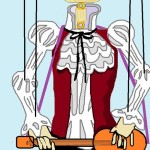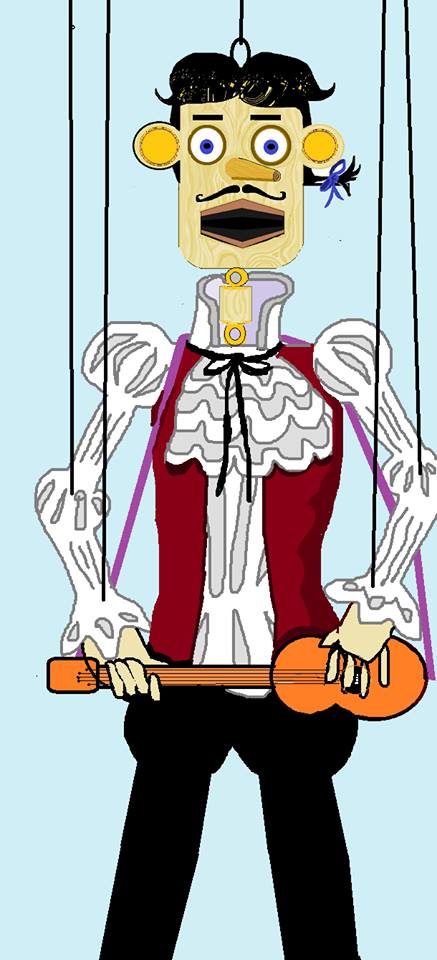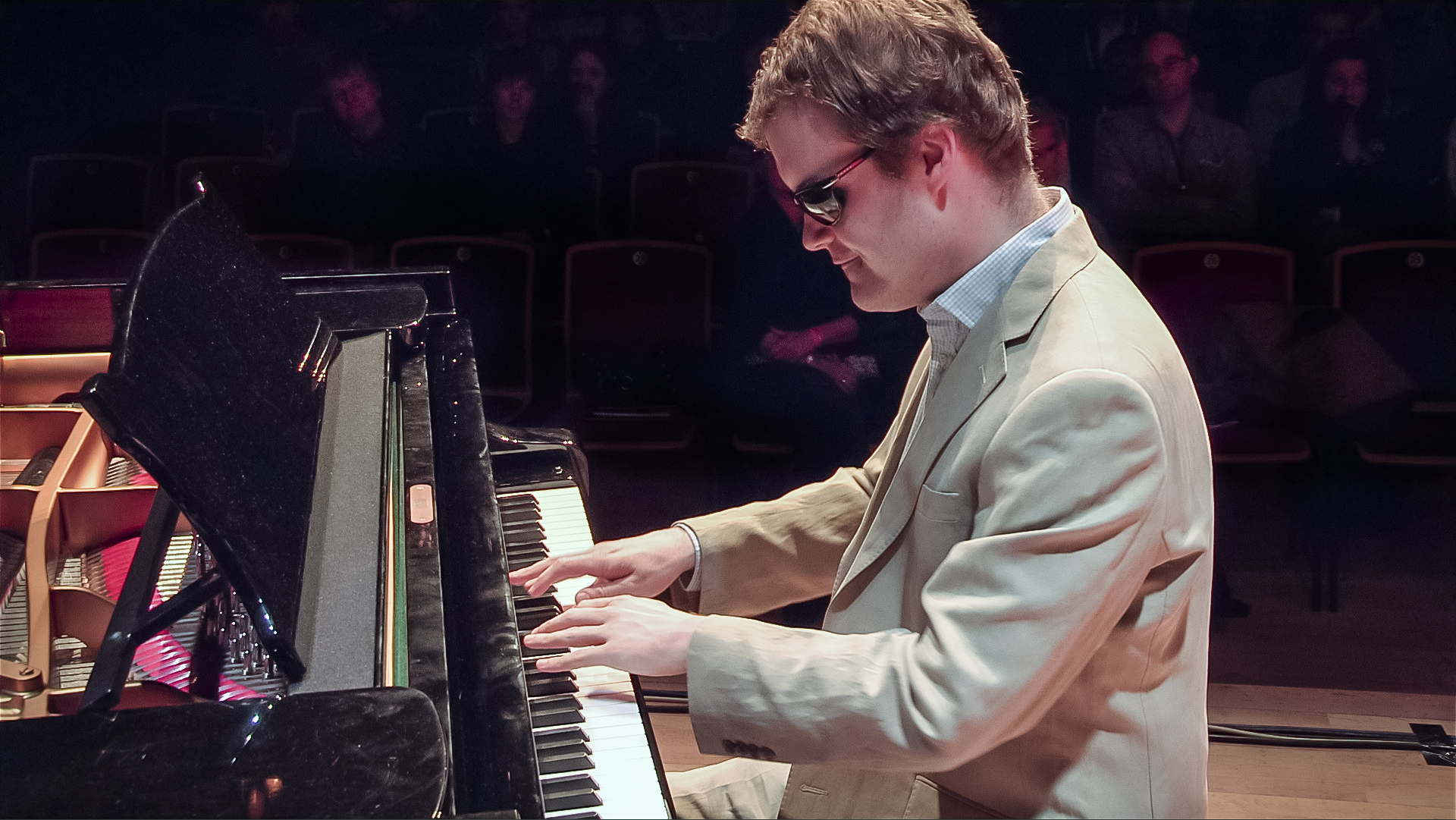written by DW Grant
in Collaboration with David J. Berkowitz
Illustrated by Wanda Fay Owens Schneider
About the story:
Francesco, Geppetto’s Autistic Puppet is dedicated to David Berkowitz and his family, and purposed for the promotion of his vision to help autistic children. Portions of the proceeds from this story and from the book “Bellarina, Geppetto’s Lost Toy ” will benefit his family and foundation.
Please be generous, and enjoy Francesco and Bellarina.
DW Grant
Author
Francesco,
Geppetto’s Autistic Puppet
By DW Grant
For Dave B., and the great big smile
that comes up from his very large heart!
copyright@DWGrant 2014
Story Time!
Sit still my Children, and I will tell you an adventurous tale that breaks through hard wooden hearts, and a story about the magic of love with no limits.
I hope you will see that true magic dwells deep in the heart, but sometimes it needs a little love to find its way out. There are secret pathways for love inside all of us, and if we love hard enough they open a way out for our love , and for the love of those around us.
The star of our story is small, even smaller than you little Leonie, but you will grow much bigger and he will not. Our little troubadour can sing too, even better than you my good friend Andreas, even though he does not possess your charm. No, my favorite niece Marianne, he does not have your smile. No one’s smile melts my heart like yours, but I hope by the end of this tale you love him as much as I love telling his story to you.
Oh, you want to know his name?!
We will call him what his creator christened him, “Francesco! “ That name means “Free One” in the language of his Father, but here’s where the story gets sticky, like a hotcake covered in maple syrup. You like hotcakes, don’t you Lasanni? I can tell because your belly giggled when I asked that question. Maybe we eat one less hotcake at the breakfast table tomorrow, eh? No? Well, ok, then. We go back to the story.
Here’s the sticky part: You see, he was not as free as his name.
Oh, I know you may not understand that little Pachako, but maybe you will when the story has been told. Here’s where we start.
Chapter 1
In a deep green valley in the Alps, between the Two Great Mountains, an old toymaker searches the forest for the perfect piece of wood that may contain his next toy. When he walks in the door of his shop with a twisted, knotted, and impossible to carve old tree branch, his finished toys shake their heads. What could crazy old Geppetto be thinking?
The old man knows exactly what he is thinking. He is thinking with his heart again, this time about the sadness of his village. They need his creative skills, so the wood he looks for must bottle up the magic in this next puppet and it must be strong, and made from the most solid tree. Then he will attack the impossible with his knife and chisel and create a miracle for those he loves.
Not long ago his valley was happy and joyful, and, like the smoke from their chimneys, a song rose from every house. Farmers sang in the fields, and every village shop was full of creative play and joy. Candles were made with waxy love, cakes were frosted with sweet humor, and even their cheeses filled mouths with a witty sharpness. The joy of caring for farm, family, and each other made each day a holiday, at least before The Great War broke out.
The madness of The Great War stole the villager’s sons, and singers, killed the song in their lives, and left their souls angry and bitter. A dark cloud rose from devastated hearts instead of song. It hung like a heavy winter coat over each person, making each once joyous service a task, and a burdensome duty. Geppetto suffered a loss too, so he not only saw it, but felt it as much as any of his neighbors. Pinocchio was gone too, and it grieved him to the deepest parts of his heart.
Remember, Pinocchio became a real boy, but he also grew into a real man, and as real men must sometimes do, marched off to a Great War with other sons, but had not returned. Like the other fathers around him the old toymaker was proud, but broken hearted. Was his son dead and gone forever? He was not sure, and his prayers attacked Heaven often for the answer.
Good King Festweiller knew how his subjects were feeling too, for the halls of his castle were cold and damp from the grief he was feeling for his own two sons. But being a good and wise King, Festweiller cared beyond his own heart for the lives of his people, and he decided to create some magic of his own. One dark morning he sent his messengers out to the villages with a proclamation and an invitation.
The members of his guard that were too old to march off to war visited each village, and declared his solution.
Francesco Chapters
Entering each town to the rhythm of a base drum, and behind the majesty of a Festweiller hornester’s trumpeting ovation, they set themselves up in each village square, at the edge of the community fountain. There they would loudly play the Festweiller Anthem until a crowd was large enough to read to. . .
The same night he found the right wood, and by the light of an old wax candle, Geppetto scraped away the bark on the twisted branch, and tried to dig into the impossible wood to make eyes and a nose, and a body for his new toy. He had already named him Francesco, after one of the king’s lost sons…
The little song made Geppetto dream of his Pinocchio, marching proudly back into the village square, flanked by King Festweiller’s sons, and all of the other sons of the valley. They were marching in with a new anthem, and singing hopeful words. A pride and a hope filled Geppetto’s heart as he slept…
After the dance, and until daybreak Geppetto was hard at work, carving, and painting, and trying to make Francesco an acceptable offering to his king. At noon Geppetto, exhausted, but happy, laid his head down in the wood chips again.
Now without fear all his puppets sang at the top of their toy lungs. The lion roared the base again, the toy kookaburra bird added trills to high tenor notes, and like a marvelous opera star the queen took the melody and thrust it to the far walls whenever the frilly end note was sung out.
“Home, home, home. Home, home, home,” over and over again, the toys sang….
On the day of the festival the sky was gray and the clouds hung low. It was cold and it looked like rain. Geppetto and Francesco were ready, at least in the old toy maker’s eyes. The rest of the valley, however, unmoved by the king’s love, and unsure about how to respond to his proclamation
More Chapters to come




 Subscribe To This Unit
Subscribe To This Unit Subscribe To This Journalist
Subscribe To This Journalist